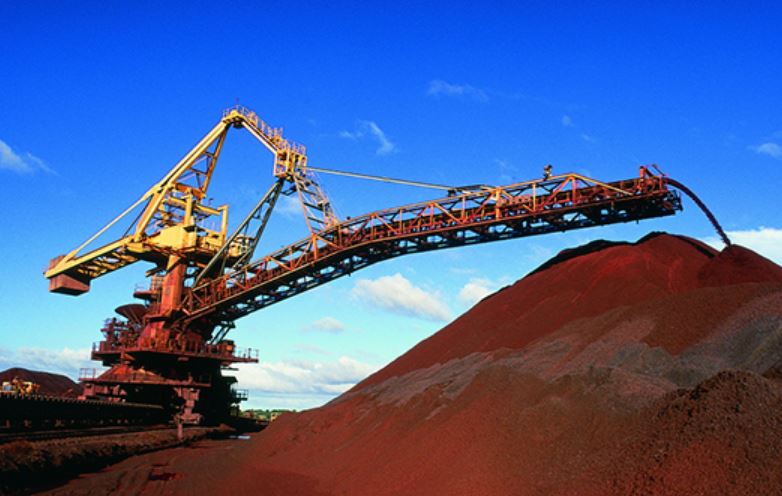Iron ore shortages have driven Odisha-based direct reduced iron producers to close their units. High prices coupled with shortages have forced 44 units out of 109 DRI units to permanently close their plants, Kallanish notes.
DRI manufacturers depend on merchant miners to fulfil their pellet feedstock requirements. But increasingly, merchant mines have prioritised selling ore outside the state. In the 2020 and 2021 fiscal years, dispatches of iron ore outside the state comprised 58% and 60% respectively of total sales.
“Odisha has witnessed the highest ever surge in iron ore prices than any state in last 12 months, and iron ore in Odisha is costlier than that in any other Indian state. The impact of the iron ore crisis is already visible in the MSME iron and steel industries,” says Utkal Chamber of Commerce and Industry (UCCI) president Brahma Mishra.
The shift in priority has created a massive gap in demand and supply, leading to a steep rise in iron ore prices and a fall in iron ore availability for state-based plants. More than 15 sponge iron and pellet making companies have applied to the Steel and Mines Department to provide iron ore under the pre-emption policy of the state government.
“The average sales price of 62-65% iron ore lumps in Odisha has increased by 176% from May 2020 to May 2021, and that of fines has increased by 352%,” says the Indian Bureau of Mines (IBM).
Industry experts and numerous associations have called for proactive action by the state government to address the issue and ensure iron ore supply to these steel sectors.
Sayed Aameer India






